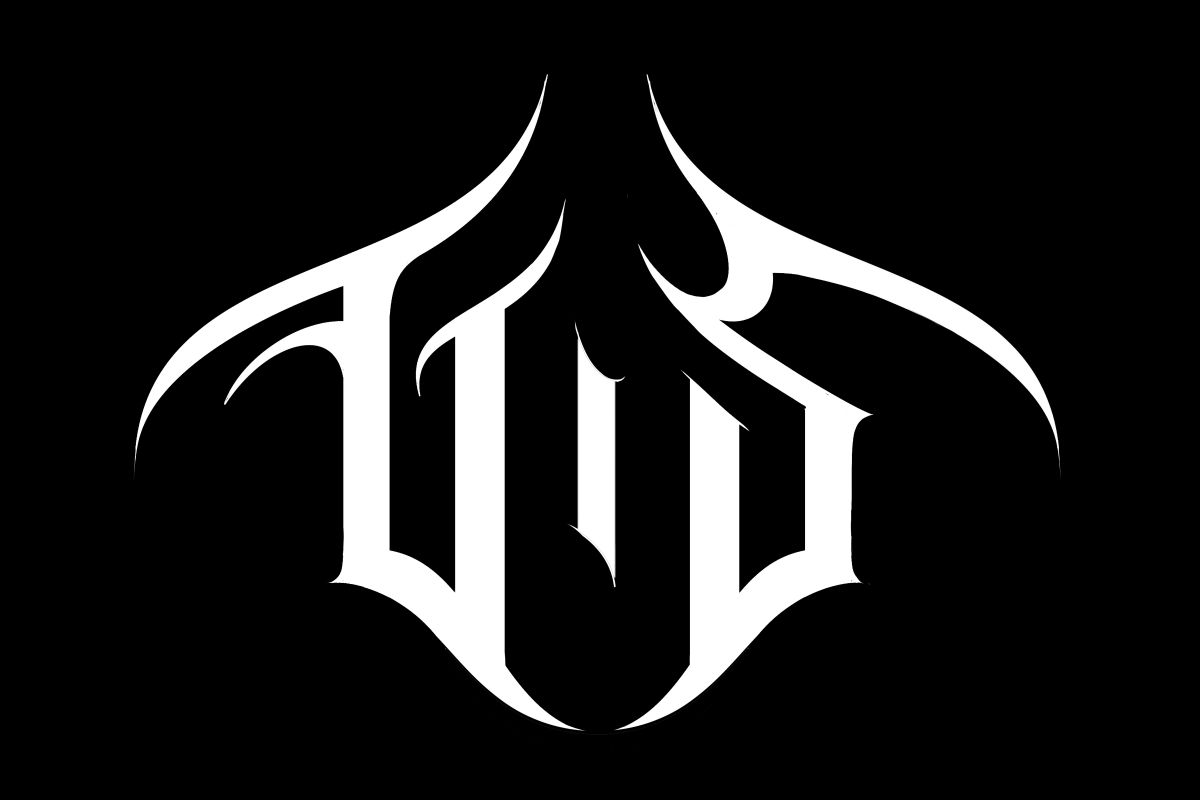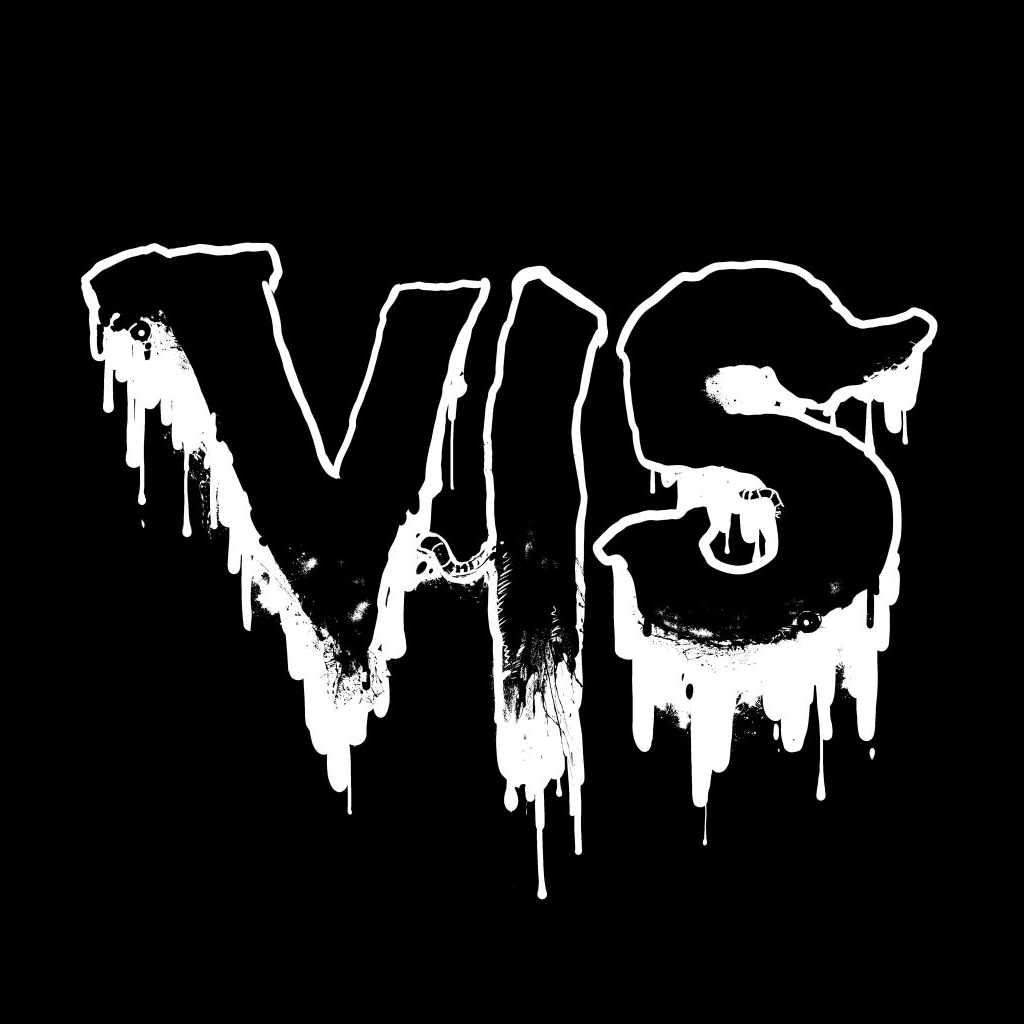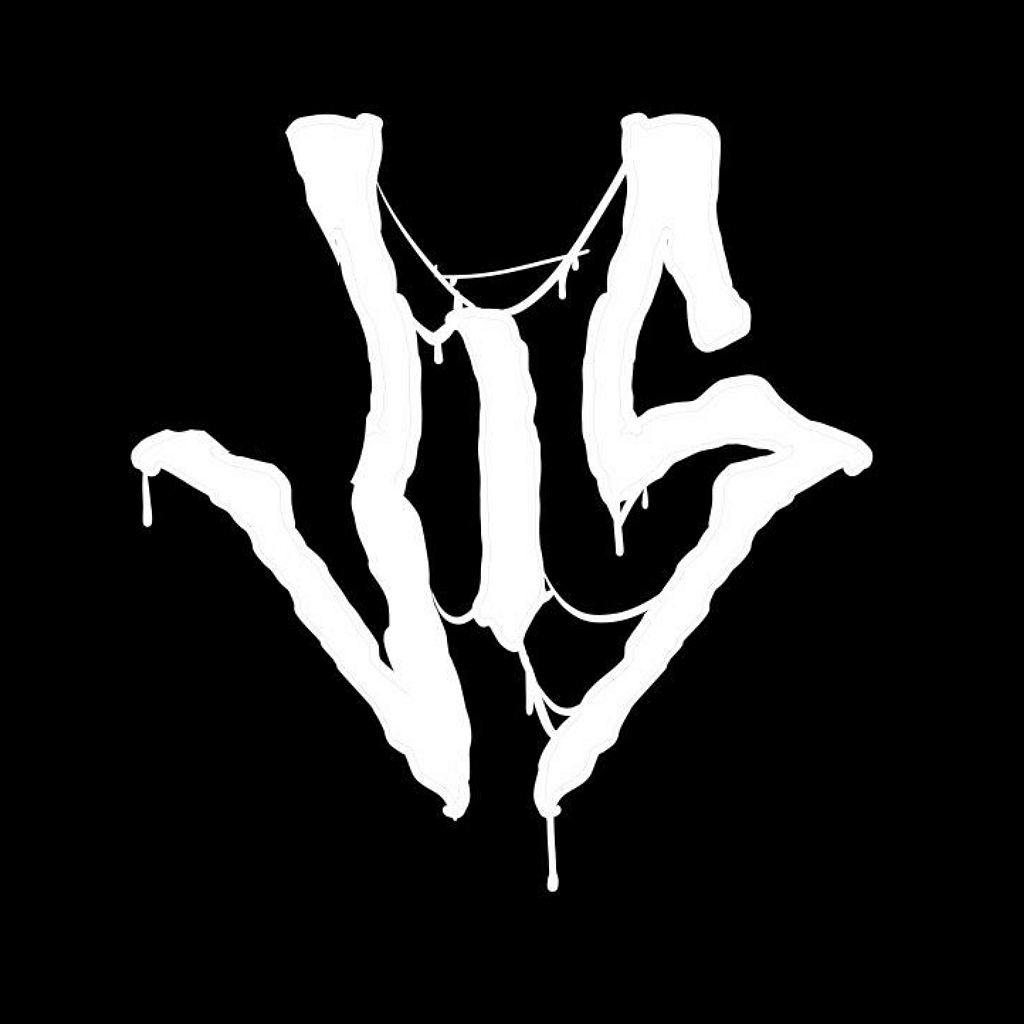Technical Death Metal
A hard-and-fast rule in Death Metal aesthetics is that the more technical the music, the less sophisticated the logo. This is exemplified in Technical Death Metal, a genre whose musicians and artists mix “fast, virtuosic guitar riffs and solos of varying tempos and time signature changes with prevalent drumming and frequent blast beats.”1 It’s like they opt to convey an impression of modesty (or perhaps false modesty), often leading to conversations like this:
- “I can play with my eyes closed!”
- “Cool! But did you also have to do that logo with your eyes closed?”
It is worthwhile pointing out here that you can often place a band in this genre somewhere in time just by looking at the band’s logo. In the 1990s and before, Tech Death bands had “analogously” hand-drawn logos; post-2000s, these logos have been done mostly digitally – and it shows.
Some Technical Death Metal bands to check out:
- Necrophagist
- Nile
- Origin
Post-2000s Tech Death
It’s fairly easy to recognize a post-2000s Technical Death band from a 1990s band in the same genre. For some reason wholly unknown to me, the former is likely to have a logo that they proudly put on their shirts – even though it doesn’t really look good. It’s always like these logos were done by a novice who played with Illustrator and who is not quite familiar yet with Illustrator’s Pen tool. The result inevitably is that all these logos have a “Bézier” look to them; and this is the reason they never look good.

When I originally wrote this entry a few weeks ago, I did so half-jokingly. It was based on my own personal observation. Little did I know then that I was right on the money.
While I was just browing on the Internet looking for new ideas and references, I stumbled upon a dissertation on genre and expression in Extreme Metal music, which has a paragraph in it on band logos and font styles and that specifically deals with genre and periodization. I therefore add it here in full, as it perfectly backs up my idea that things went down the shitter after the turn of the millennium:
“… a trend can be observed beginning the mid-1990s of bands from multiple extreme metal subgenres retiring their older, hand-drawn logos for a more legible, digital look. Whether these transformations are in some cases marketing decisions to attract larger audiences or simply the results of computer illustration software making professional typography more common, they have the cumulative effect of antiquating the older, DIY-style logos that were commonplace during the 1980s. In terms of genre, what this does is create a set of visual connotations for DIY logos that they did not previously carry. A present-day recording with a band logo similar to the [original] Necrophagia logo … would take on an ‘old school’ aura or be associated with older genres of metal. To put it in another way, someone browsing in a used CD store for death metal would likely associate such a logo with the thrash-inflected death metal of the late 1980s or early ’90s rather than the more technical styles that gained popularity around the turn of the millennium. Another consequence is that fans who are accustomed to newer styles of death metal, along with their digitally-illustrated logos, are likely to similarly associated DIY-inflected subgenres such as grindcore with an older era. Thus that same death metal shopper might glance upon Pig Destroyer’s Phantom Limb (2007), associate the band’s cover art and logo with metal of the 1980s, and later make a comment to someone about ‘old-school grindcore.’ In this way, something a subtle and seemingly incidental as a logo font can contribute to the historical process whereby musical genres are retrospectively codified and separated from one another within the popular imagination, both in terms of trait-based discussions and historical narratives.”2
- Archspire
- Arsis
- Revocation
Related (sub)genre(s):
Reference(s):
[1] M. Unger. Sound, Symbol, Sociality: The Aesthetic Experience of Extreme Metal Music, p. 20, 2016.
[2] E.T. Smialek. Genre and Expression in Extreme Metal Music, ca. 1990-2015, pp. 155-157, 2015.
Take me back to the sample overview.


